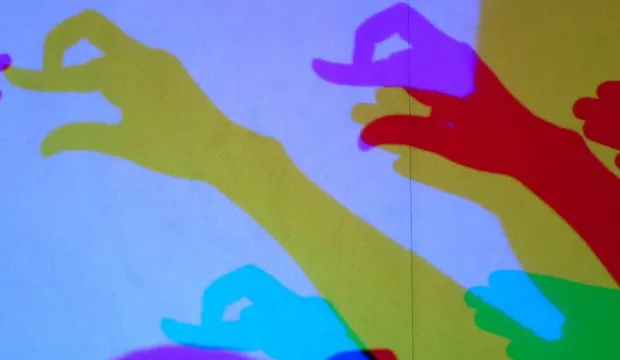
How to make a sundial for kids
Making a simple stick sundial and testing to see if accurate
Sundials date back as far as 3500 BC. Can you make your own DIY garden sundial using simple materials that can be found outside?
This is one of a set of free STEM resources developed to support the teaching of the primary national curriculum. They are designed to support the delivery of key topics within maths and science. This resource focuses on the making of a simple sundial. This can be used to support learning of telling the time and to understand how light creates shadows.
Activity: How to make a sundial for kids
In this activity students will learn how to use the sun to tell the time. They will make a simple stick sundial in the school area, identify where the shadow is cast every hour and mark this with stone and chalk. The next day they can test their results to see if the sundial is accurate in telling the time.
This activity could be used as a starter or main activity to the use of light in science. It may also be used to introduce geometry, position and direction when using the stick to make a sun compass.
This activity could be done as pairs or in small groups. As learners will be completing the activity outdoors, the teacher presentation could be shown in advance whilst still in the classroom or printed to use as handouts whilst outside.
Find an area that is directly in the sun with space to allow the class to make their sundials and ensure that the sundials will be safe to leave overnight.
The sundial stick could either be bamboo, dowel or tightly rolled and glued paper, depending what resources are available. The stick needs to be as straight as possible to cast an accurate shadow. It could be held in place by being pushed into the ground or into a plant pot (the type with a single central hole is especially effective when inverted).
Alternatively, some form of device with a stand and a pole could be used, such as a swing ball or a support for a volleyball net.
The stones or markers should be placed equidistantly from the stick. If a stand is used in the playground, stones may not be required and numbers could be drawn directly onto the surface with the chalk.
Throughout the day visits will need to be made to mark the hours on the sundial with either small stones or chalk. If it is not bright, a torch could be used to demonstrate how to cast a shadow, setting your own time!
Tools/resources required
- Sticks
- Stones/Pebbles
- Chalk
The engineering context
Solar engineers design and make solar energy projects from large-scale ones to home rooftop installations. They need to understand how the sun casts a shadow during the day to make sure their solar panels produce enough electricity.
Suggested learning outcomes
By the end of this activity students will be able to make a simple stick sundial and use it to tell the time and they will have an understanding of how a shadow is created when the stick blocks the sunlight.
Download the free How to make a sundial for kids activity sheet below!
All activity sheets, worksheets and supporting resources are free to download, and all the documents are fully editable, so you can tailor them to your students’ and your schools’ needs.
The activity sheet includes teacher notes, guidance, useful web links, and links (where appropriate) to the national curriculum in each of the four devolved UK nations; England, Northern Ireland, Scotland and Wales.
Please share your classroom learning highlights with us @IETeducation.




